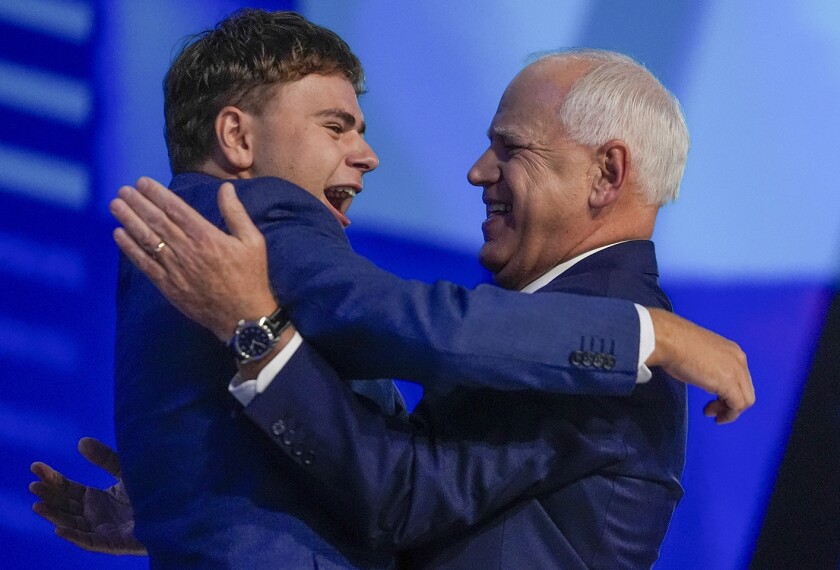How to teach history’s complexity?
Surrounded by sagebrush and vast plateaus, more than 70 teachers from across the country gathered in rural Wyoming in June to strategize about how answer that question. The Heart Mountain Wyoming Foundation’s Landmarks of American History and Culture workshop, sponsored by the National Endowment of the Humanities, is the latest effort to help educators better teach the legacy of Japanese American incarceration during World War II.
Teachers learn to sift through vast archives of primary source material, take tours of the Heart Mountain Interpretive Center’s museum and the camp’s original structures, and participate in sessions featuring former incarcerated people, their descendants, and education experts on best instructional practices—building up a base of knowledge to take back to their classrooms.
Eleven states across the country have passed mandates to teach Asian American history in public schools, with others contemplating similar proposals. Japanese American incarceration during World War II is a pivotal touchpoint that advocates for the new standards say is necessary to understand a fuller Asian American history.
But such a quick expansion of new curricula can be daunting for teachers. That’s where Tyson Emborg, the Heart Mountain master teacher, hopes that this workshop and others like it can assist educators.
“The story isn’t as easy as it’s often written in a textbook,” Emborg said. “Our intent was to create a workshop that gives people an understanding of those broader standards as they’ve been identified.”
Emborg, who’s also a curriculum coordinator for the Douglas County district in Colorado, said many teachers he’s talked to primarily want guidance to make sure they accurately reflect the history in their lesson planning. Part of that instruction, he said, involves pedagogy and terminology, such as using the word incarceration rather than the more benign-sounding term internment to describe the experience and avoiding “imagine this” lessons.
“It’s very important for teachers to learn how to teach this topic and what works for their classroom because they know their students more than anyone,” said Sybil Tubbs, Heart Mountain’s education manager. “Heart Mountain is filling those gaps in so many ways.”
Although the workshop is focused on history, it’s not just for history teachers. Part of the workshop’s goal is to help teachers across subjects and grade levels find an angle to introduce Japanese American incarceration history into their respective subjects. One math teacher will examine how the federal government came up with $20,000 per surviving incarceree in reparations for Japanese Americans in the Civil Liberties Act of 1988. An English teacher plans to use the poetry created at Heart Mountain.
For Leslie Gore, an art teacher at the University School in Tulsa, Okla., the workshop was an opportunity to weave together curriculum and personal history. Gore’s parents, uncle, and grandparents were incarcerated at Heart Mountain. She had visited the site before, but this is the first time she looked at it through a teaching lens—and the first professional development workshop she’s attended in her teaching career.
“I’m here to learn, to build something that’s going to be purposeful, which really resonates with who my mother was,” Gore said. “Not only am I here to honor her legacy and to feel her spirit, but I’m also here to do what she would want me to do.”
In the past, Gore’s students have created pipe cleaner flower bouquets similar to those incarcerees made at Heart Mountain during celebrations. Origami cups, fan-folded books with painted pictures, and stamps are other projects Gore created with her students stemming from her family’s story. Through the Heart Mountain workshop, she’s excited to be able to tie a more concrete history to the art.
“You’re teaching sculpture but it’s the story that started it off. … We’re thinking about what happened in history and we’re thinking about Mrs. Gore’s story,” she said. “And being able to teach this history and this story, especially in a very creative way, it has a lot of meaning.”
Disclaimer: The copyright of this article belongs to the original author. Reposting this article is solely for the purpose of information dissemination and does not constitute any investment advice. If there is any infringement, please contact us immediately. We will make corrections or deletions as necessary. Thank you.





